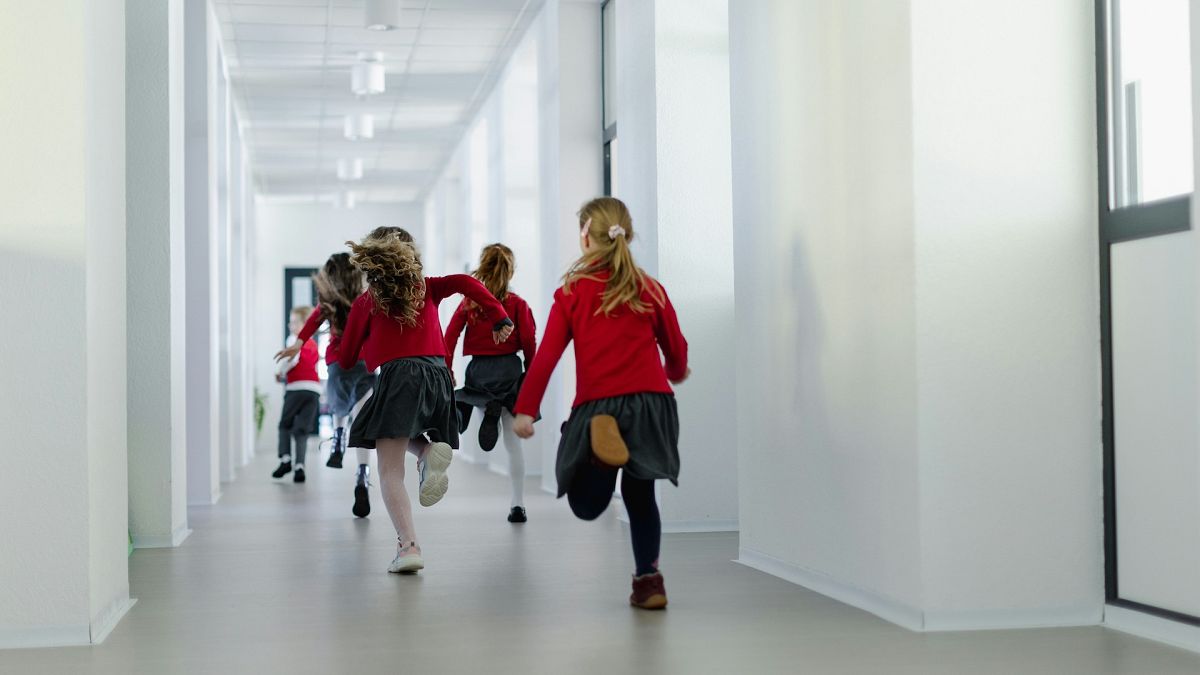The financial burden of back-to-school supplies has reached alarming heights, with reports indicating that indebted parents carry an average debt of €368. However, a concerning 32% of these parents admit to incurring debts exceeding €500 for these essential costs.
A recent survey conducted by the Irish League of Credit Unions (ILCU) revealed that more than one in four parents are struggling with back-to-school expenses. This survey, which included responses from 716 parents and was carried out by i-Reach in June 2024, showcased the growing challenges families face as they prepare for the new academic year.
While many parents utilize savings to fund school supplies, a significant 28% are turning to debt. For those in this situation, the average debt for back-to-school costs has increased by €62 compared to last year. Alarmingly, 32% of these indebted parents owe more than €500.
Additionally, the survey highlights that 19% of parents resort to credit cards to finance their children’s school needs. It’s important to note that late payments on credit cards can result in steep interest rates, exacerbating financial strain. Similarly, many parents are taking advantage of Buy Now Pay Later (BNPL) schemes, which often carry higher interest rates than traditional bank overdrafts.
The total cost of back-to-school expenses this year averages approximately €1,086 for primary school children, while secondary school students face a staggering average of €1,401 each. Though families with primary school children enjoyed a slight decrease of €66 compared to last year, secondary school costs are up by €113.
It’s not just parents feeling the pinch; teachers in some areas are also investing their own funds into classroom supplies to ensure that their students feel comfortable and engaged. This trend is particularly prevalent in underserved communities where parental contributions may be insufficient.
Financial Resources for Parents
Responding to these concerning findings, David Malone, CEO of the ILCU, emphasized the role of government initiatives like the Free School Books scheme in easing the burden for some families. He noted, “Despite some relief, many parents still face significant debt associated with schooling amid rising living costs.” Malone encourages parents to reach out to their local credit unions for support, highlighting their commitment to helping families manage these essential expenses.
The situation isn’t unique to Ireland; in the United States, a Bankrate survey shows that 31% of parents have incurred debt due to school supply purchases, a slight increase from last year.
Key Contributors to Rising School Costs
According to Hodge Bank, the yearly expenditure for school uniforms can reach up to £422 (€498.57), while the cost of packed lunches may climb to approximately £518.70 (€612.74). Additionally, families can expect to spend around £137 annually on fuel for the school run.
A study by UK footwear retailer Wynsors revealed that 73% of parents are anxious about affording new school uniforms. The ILCU’s findings indicate that branded items are a significant source of concern, with 53% of parents feeling pressured to buy name-brand clothing, marking an increase of 11% since 2021.
As the pressure mounts, 54% of parents are worried about the rising costs of school uniforms, while 56% express concern over lunch expenses. A hefty 52% feel the impact of more expensive school activities and trips.
The Bigger Picture: Economic Pressures
The ongoing cost of living crisis across Europe intensifies the strain on parents, with 89% reporting higher utility bills and 91% experiencing increased grocery costs. In this context, 46% of parents have canceled non-essential services, and 31% noted that family vacations were sacrificed to prioritize school expenses. In addition, 67% of parents believe schools are not doing enough to control spending.
Yet, a notable 42% of parents still engage their children in summer programs for social and educational opportunities, even as 26% consider these programs essential childcare. Despite 62% of parents acknowledging back-to-school expenses as burdensome, this marks a 10% decline from previous year, potentially indicating some relief from government initiatives.
Tips for Reducing Back-to-School Expenses
Parents seeking to alleviate back-to-school costs can take several proactive steps. For schools requiring uniforms, it’s often more economical to shop for non-branded options at department or thrift stores. In the UK, new legislation helps keep branded clothing to a minimum, encouraging schools to provide second-hand uniform choices.
Additionally, engaging with community resources, such as summer fairs or online marketplaces, can be a valuable strategy for finding affordable uniforms.
Budgeting throughout the year can also help parents manage these costs. Creating a list of needed supplies and purchasing them incrementally can ease the financial burden, while taking advantage of sales events can lead to significant savings. Parents may also consider purchasing uniforms in advance during off-peak seasons, keeping in mind that children’s growth may not align with store recommendations.
Numerous charities and community organizations offer assistance with school supplies and resources, and parents are encouraged to explore these options to help ease their financial load.
Photo credit & article inspired by: Euronews



